
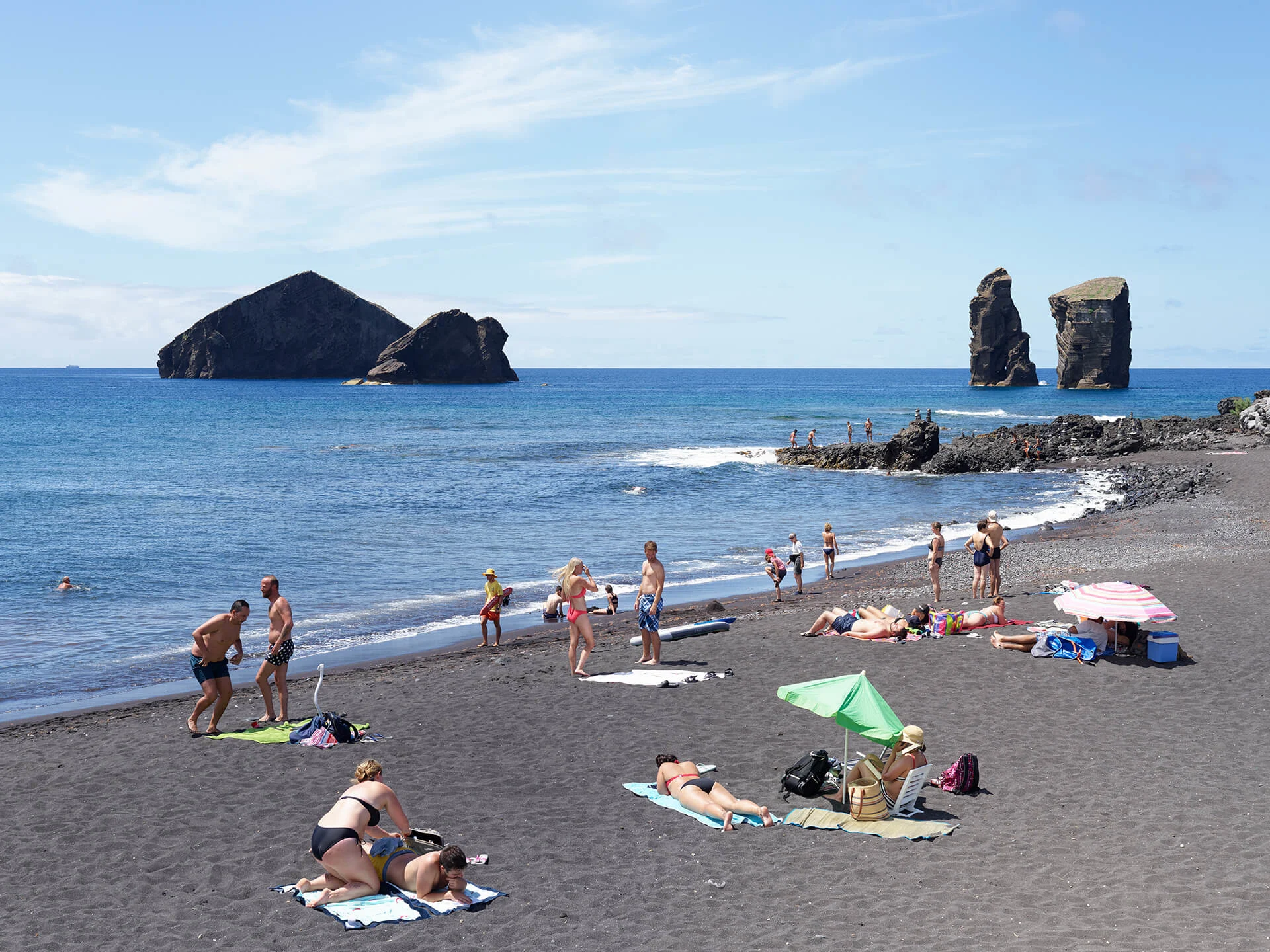
Blue skies. Shimmering waves. Excitable children running across the sand and tired parents lounging in the sun. This is a typical scene pictured by Italian photographer Massimo Vitali in his ongoing Beach Series, a project he started in 1995.
“It all happened by chance,” he says. “Like almost everything.” Massimo has always enjoyed the beach, but not the kind you typically find in a travel brochure.


“I am totally bored by going to these beautiful Caribbean beaches where you find 20 people in a mile. No, I like the busyness. I go to the beach two or three times per week, just to talk to people, to have lunch. It's a very social place.”
It was a natural progression to start photographing this place he went to so often, and 24 years on, he's built an eclectic collection, from vast, eroded cliffs to scenic resorts crowded with people. Massimo documents what he refers to as “the herd” in all their leisurely glory.
He walked Alex Kahl through a typical day photographing at the beach...
The beach
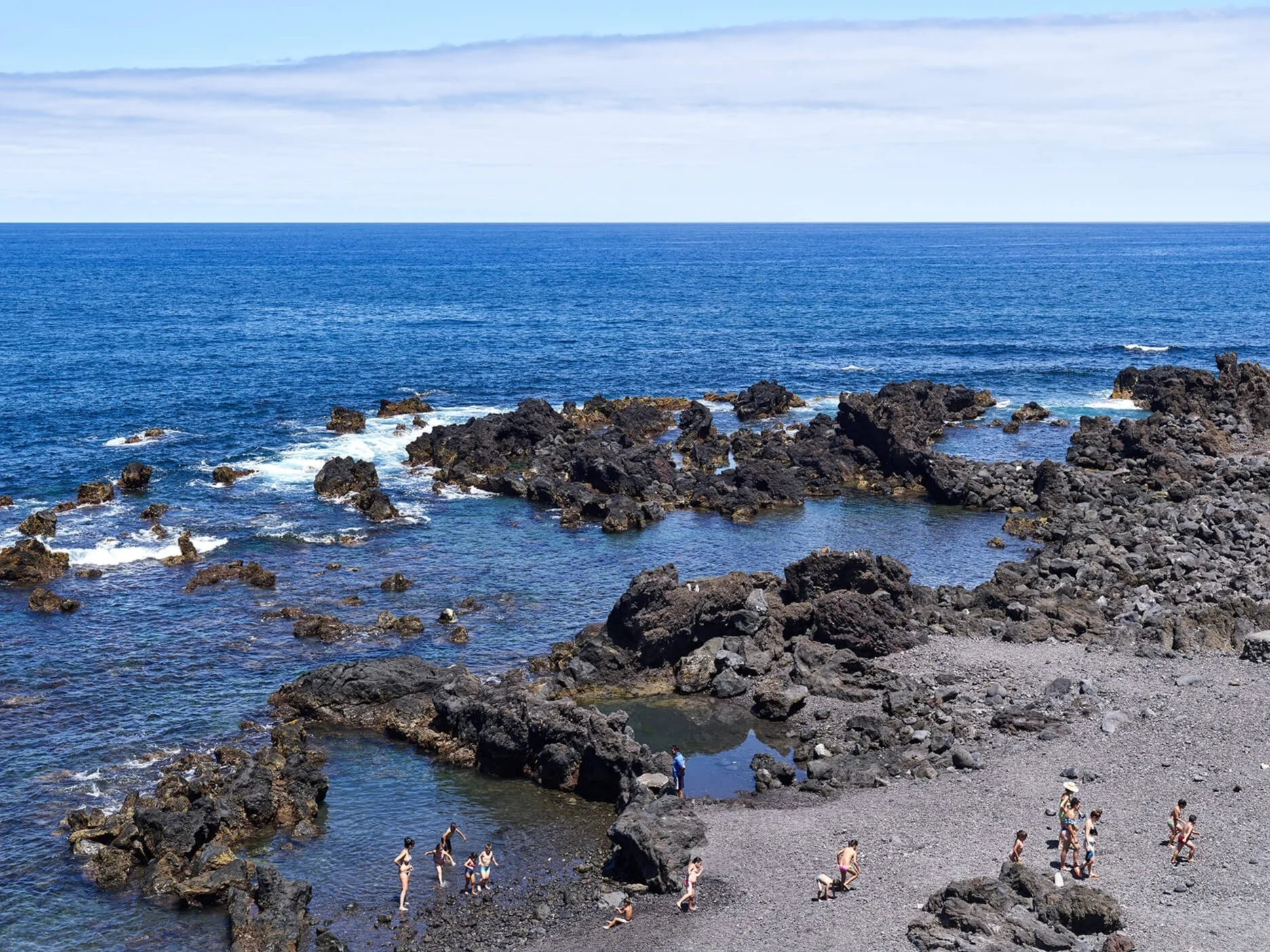
If there aren’t enough people, there are less stories, less things going on.
Nowadays it’s much easier to choose where to go. You go on the internet and there are a lot of fake places. Once you know how to get rid of the fake ones, you have a good idea of what a place will be like when you get there.
Sometimes I follow ideas about certain types of beaches. This summer I’ve been doing a lot of people on really dark beaches. I’m used to shooting on really light sand, and I’ve always overexposed it a little or tried to make the sand even lighter.
Now I’m taking pictures where the sand is really dark. One of the things I think about is those dark renaissance paintings, with bright colors bursting out from a dark background.
The day


The later you go into the day, the less tension you have between the people.
I don’t care too much about the light and the weather. Of course, you have to have a fairly good day in the sense that you want people to be there. If there aren’t enough people, there are less stories, less things going on.
I really like to get to the place and see if there is a difference between what I’ve been digitally scouting and what the reality is. I try to get there early and leave early. There is a peak of interest around 1.30pm or something, and then by 4.35pm it's gone. Whatever happens, it’s gone.
So I have to make do with what a photographer would call the worst light you can have. This vertical light. But this also gives me smaller shadows which I quite like. The later you go in the day, the less tension you have between the people, and the longer shadows you have.
The equipment
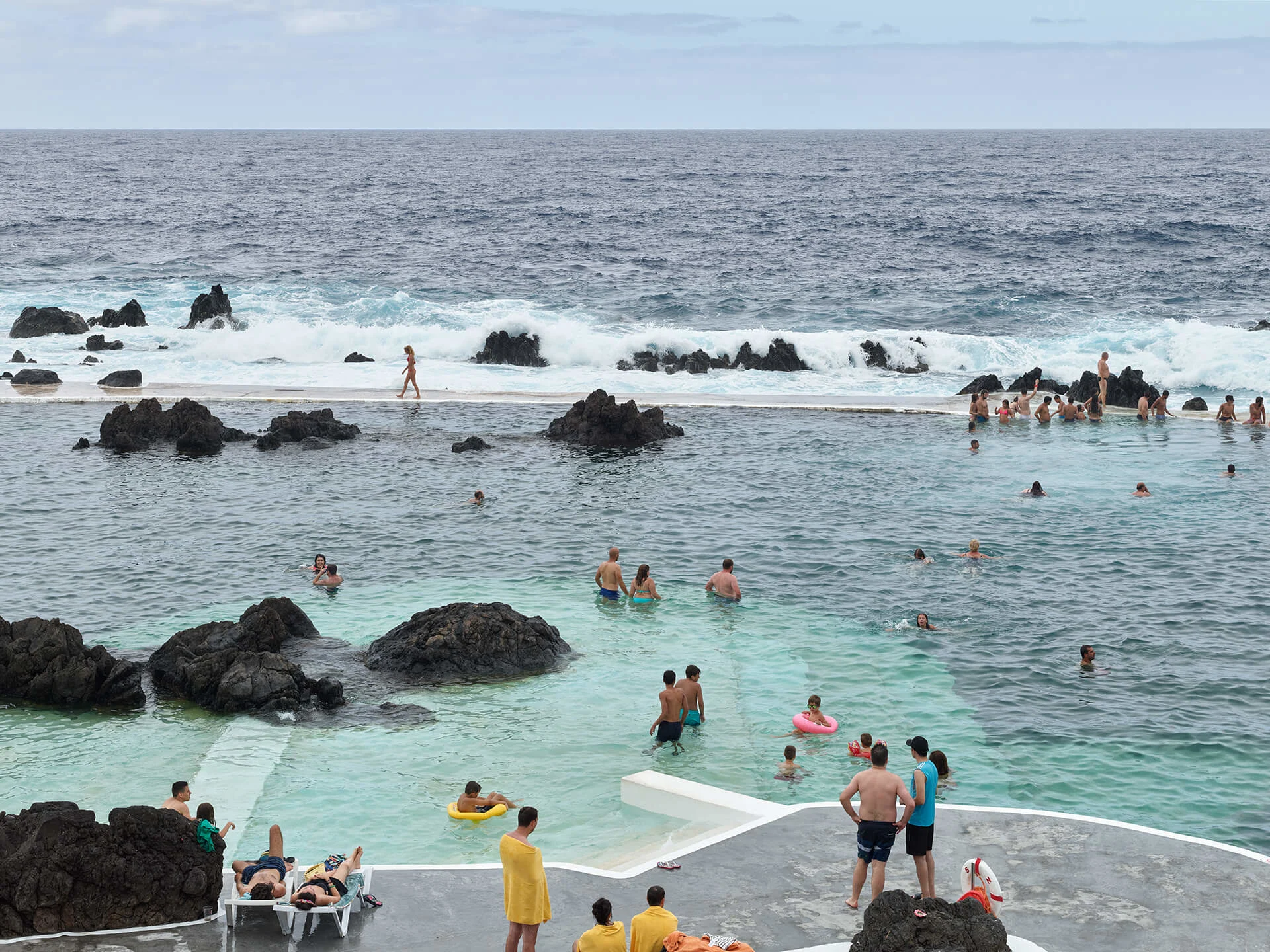
When I first decided to shoot beaches, I thought I needed a higher vantage point than I would get with a normal tripod. So a friend helped me to build a large tripod — it was maybe 15 feet high. I had to test it – the idea was that to take good pictures with a large format camera, we had to fill the space with things.
I went to the beach and immediately I thought if I wanted to see the faces of the people, I had to be in the water. The tripod could be placed safely on the sand and, more importantly, in the sea.
Obviously, I can’t take my large tripod all the time, so sometimes I have to use other ways to elevate myself. I have a normal tripod and a ladder and I have a platform on top of my van. Or I just go somewhere, on top of a rock or on top of a little hill. Once I know where I want to be, I do what I can to be in the right position. But I have no fixed concepts - I work with what I can.
The people
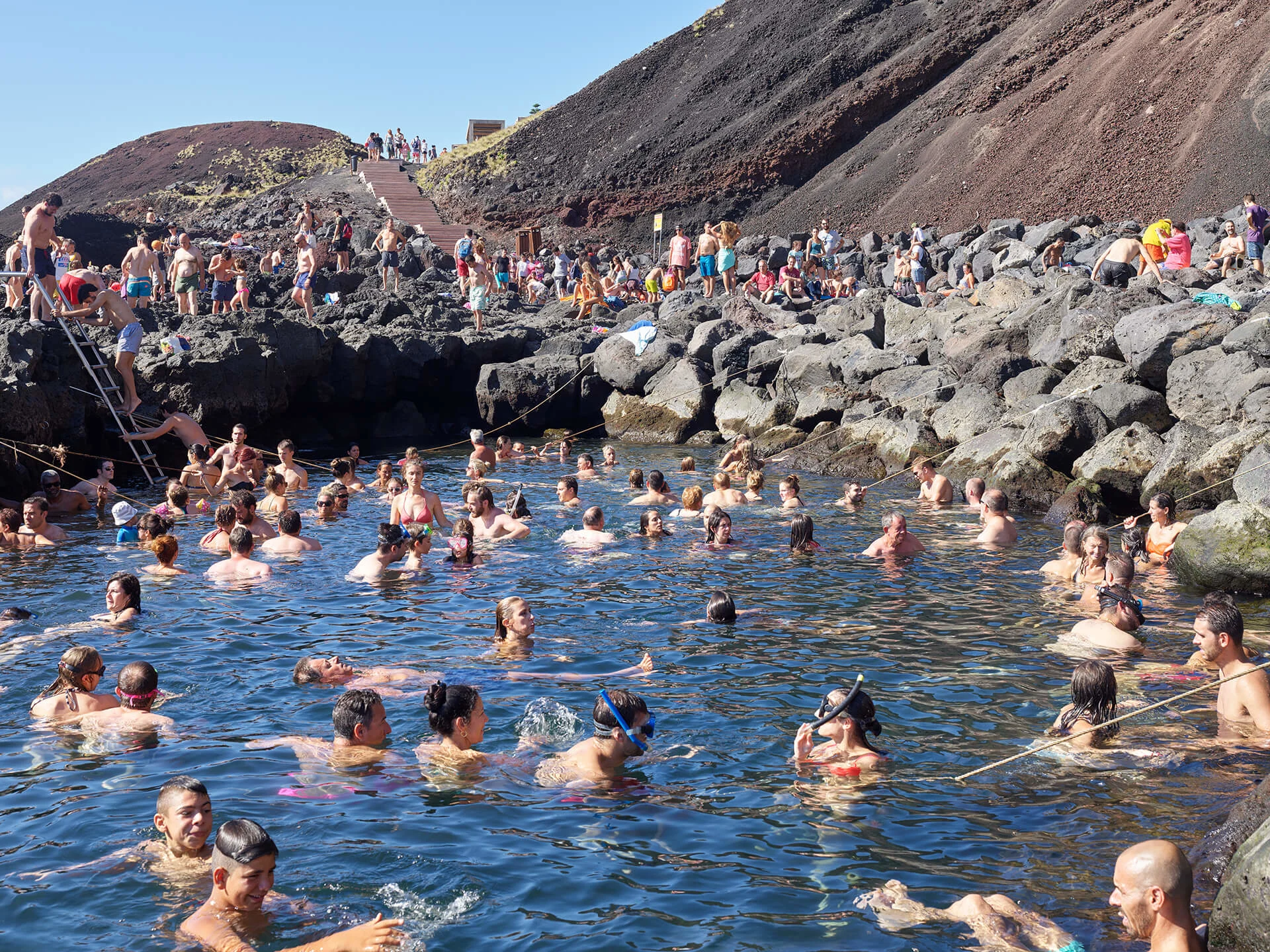
Sometimes, people need an explanation. They can’t just look and imagine.
I’m not sure if I'm a total voyeur, but I’m very interested in other people. Sometimes my wife says that I look people up and down in an insulting way, but it’s only because I’m interested. I can’t help it. She thinks I’m rude or judgemental, but I don’t only look at beautiful girls or men with beards or muscle boys, no.
On a few occasions we have actually interviewed people. I asked my friend, a journalist and while I was taking pictures, he would ask people things. In a way, it’s to make my thoughts more real. Sometimes, people need an explanation. They can’t just look and imagine.
The scenes

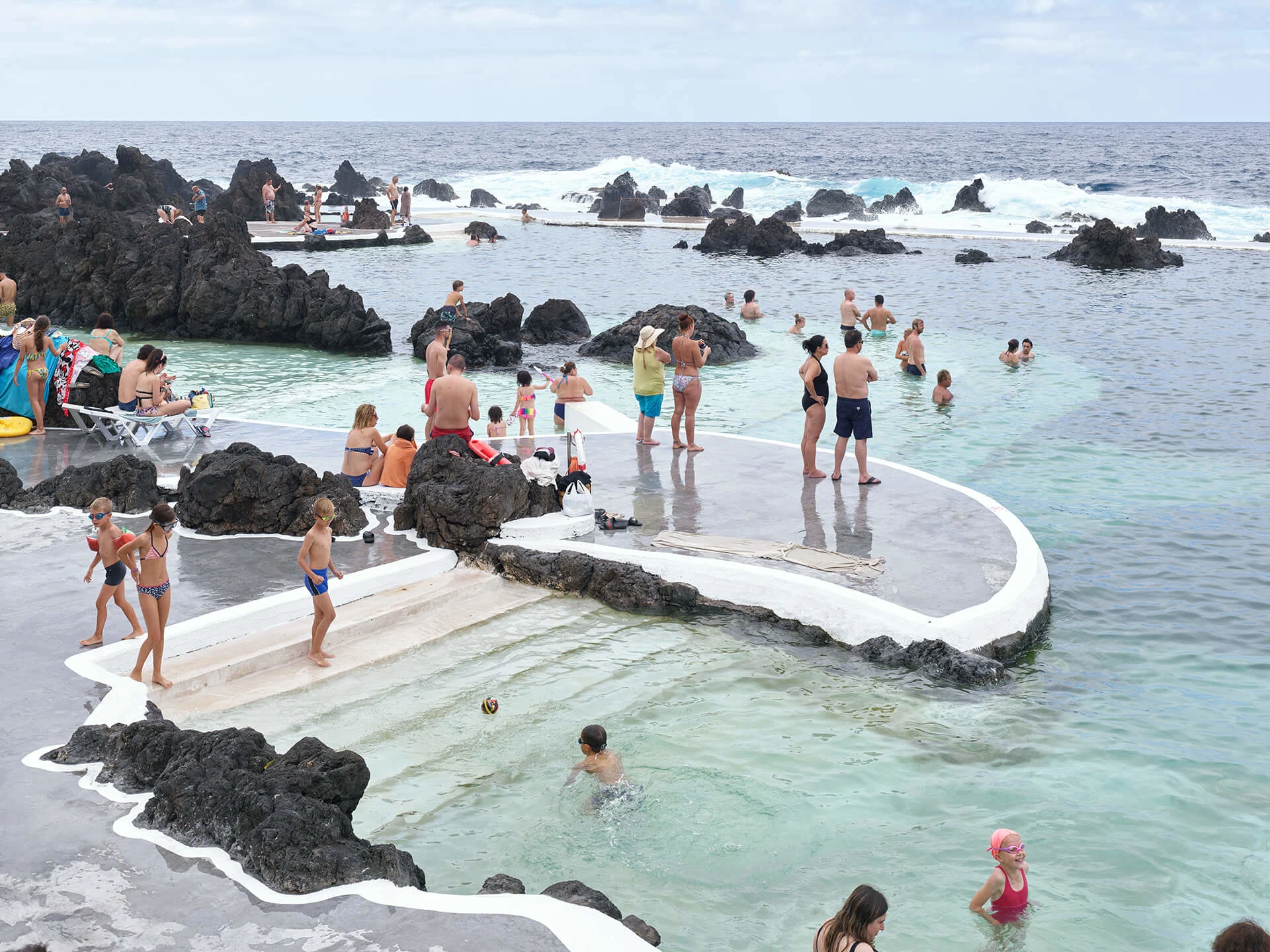
There are so many things that draw my attention. It’s normally things that are not important at all for the rest of the world. It could be some colors, some looks, some gestures. Little things that make the picture alive.
They might not be interesting for lots of other people, but I feel a certain tension. I prefer to shoot for no other reason than people are being what I would like them to be, and doing what I would like them to do.
And I also like the fact that nothing really happens and I’m looking at this very banal moment. I give importance to something that is not important at all.
The final shot
With both film and digital, I never look through the camera.
Sometimes I explore the beach a little, but it’s almost like magic. I don’t know why, but after so many years of taking pictures in public places, it’s given me a good way of knowing where I need to be. I think about what's going to happen, and where the people are going to be. I change very little.
In the beginning, I always had this fear that I wasn’t in the right place. But after a while that doubt goes away and you see that you are in the right place. It gives you confidence.
Then I put myself in a perfect position and I take the pictures. I don’t really move the camera unless something really strange happens.

I don’t take many pictures. I used to take seven, maybe eight pictures when I shot film. But now that I shoot middle format digital I take maybe 70 —which is still ridiculously few. We tried to do a project printing all the negatives that I shot. In 22 years I shot 4976 negatives, which is nothing.
With both film and digital, I never look through the camera. With the film camera there is no way to look through it, and with the digital camera the screen is too small - we have a computer that shows the screen.
Sometimes I have a guy who checks the sharpness and the lighting and that everything is technically correct, but I’m never looking through the camera myself. I look at the sea, I look at the place, and I look at the people. I just keep looking. It’s such a beautiful thing, to look.

